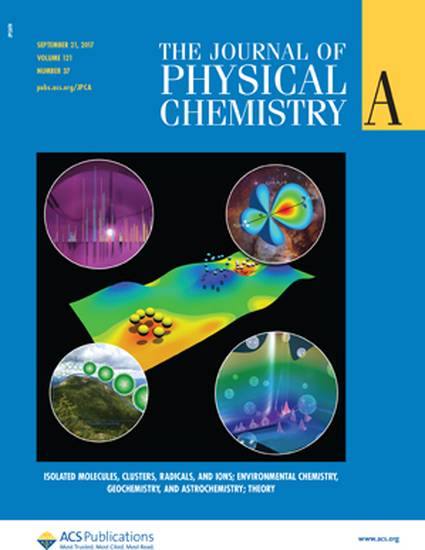
Coherent exciton delocalization in dye aggregate systems gives rise to a variety of intriguing optical phenomena, including J- and H-aggregate behavior and Davydov splitting. Systems that exhibit coherent exciton delocalization at room temperature are of interest for the development of artificial light-harvesting devices, colorimetric detection schemes, and quantum computers. Here, we report on a simple dye system templated by DNA that exhibits tunable optical properties. At low salt and DNA concentrations, a DNA duplex with two internally functionalized Cy5 dyes (i.e., dimer) persists and displays predominantly J-aggregate behavior. Increasing the salt and/or DNA concentrations was found to promote coupling between two of the DNA duplexes via branch migration, thus forming a four-armed junction (i.e., tetramer) with H-aggregate behavior. This H-tetramer aggregate exhibits a surprisingly large Davydov splitting in its absorbance spectrum that produces a visible color change of the solution from cyan to violet and gives clear evidence of coherent exciton delocalization.
Available at: http://works.bepress.com/elton_graugnard/67/
